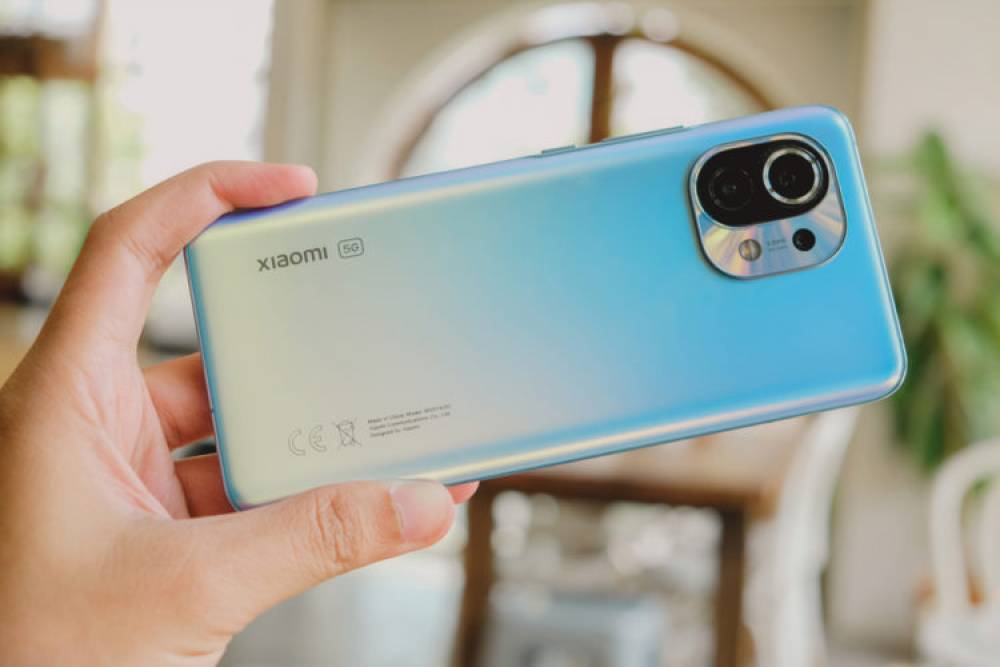
Xiaomi Surpasses Samsung To Become The Largest Smartphone Vendor
Xiaomi surpasses Samsung to become the world's largest smartphone vendor
Chinese smartphone maker Xiaomi has surpassed Samsung as the world's largest smartphone vendor. According to Counterpoint Research, Xiaomi captured 17.1 percent of the global smartphone market in July, 1.4 percent more than Samsung's 15.7 percent share.
This impressive growth comes on the heels of Xiaomi's ascension to the second spot in the second quarter, marking the company's first time atop the charts.
New leaders
Xiaomi's sales increased 26 percent month over month, reflecting the company's boom in Q2, when it sold more smartphones than Apple. Tarun Pathak, Director of Counterpoint Research, explained that Huawei's decline has aided Xiaomi's growth by filling the void left by Huawei's demise.
“Since Huawei's decline began, Xiaomi has made consistent and aggressive efforts to fill the void left by this decline. The OEM has been expanding in key markets for Huawei and HONOR, including China, Europe, the Middle East, and Africa. Xiaomi was aided further in June by the recovery of China, Europe, and India, as well as Samsung's decline due to supply constraints,” Pathak said.
Despite not conducting business in the United States, Xiaomi has achieved growth milestones by being aggressive in its home market of China, which continues to be the world's largest smartphone market, as well as other significant markets such as India.
With 58 smartphone models, the manufacturer caters to the majority of market segments. Its products range from affordable state-of-the-art foldable phones such as the Mi Mix Fold to flagship smartphones such as the Mi 11 Ultra.
Could Samsung make a comeback?
Samsung was unable to match Xiaomi's growth in July, but the gap between them is not particularly wide. According to Counterpoint, the smartphone maker encountered temporary difficulties as a result of COVID-19's resurgence in Vietnam.
In June, production at the majority of the company's major phone manufacturing facilities in the country was disrupted, resulting in widespread shortages of the brand's devices.
It sold 13.5 million units of its Galaxy S21 smartphone in the first half of the year. However, it is highly likely that it will fall short of its sales target, as the previous model, the S20, sold in the mid-twenties, while older Galaxy S models sold in the neighborhood of 30 million during the same period.
Despite the declines, the report indicates that Samsung will soon recover, and when that occurs, it is highly likely that the ranks will be reshuffled again.
Apple remains number 3
Apple maintains third place with a 14.3 percent market share during the month. This is a significant decrease from the market share it held at the start of the year, when it held more than 20% of the market.
Despite the decline, Apple's flagship iPhone product experienced significant growth. According to the company, iPhone sales increased by 50% in the quarter ended June, bringing the company's revenue to $81.43 billion.
The disparity between market leaders and Apple appears to be due to slower growth on the other hand, rather than a decline in Apple smartphone sales.
In summary, if the situation in Vietnam does not improve, Samsung's production will almost certainly continue to decline as Xiaomi continues to gain market share.
In the case of Apple, it may appear as though a sizable portion of customers is retaining smartphones for an extended period of time.
However, given that Xiaomi appears to be unaffected, it is possible that the availability of lower-priced 5G smartphones with innovative features has been a deciding factor in end-users upgrading their existing smartphones – and Xiaomi offers products in that segment.

